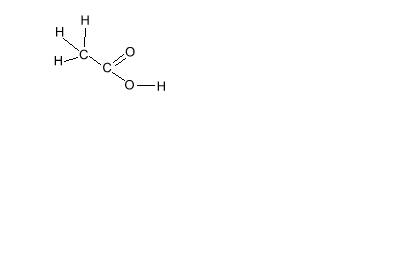Ethanoic acid is analysed in the mass spectrometer to form a mass spectrum. The sample enters the ionisation chamber as a gas.
There it is subjected to high energy electron bombardment which causes it to lose an electron to form the parent ion (CH3COOH+).
Fragmentation of this unstable parent ion occurs which gives rise to smaller positive ions and neutral free radicals. These positive ions are accelerated by an electric field into a magnetic field that deflects them onto a collector according to their mass/charge (m/e) ratio.

The mass spectrum produced can:
- identify the substance present in a sample;
- be used to measure the amount of substance present.
Why are the neutral free radicals not recorded?
What does the height of a peak indicate?
The base peak is the highest peak and is assigned an intensity of 100% and all other peaks are measured against it. In some spectra the base peak is also the peak formed by the parent molecular ion. Look at the spectrum of ethanoic acid. Which ion formed the base peak?
At what m/e value is the parent molecular ion found?